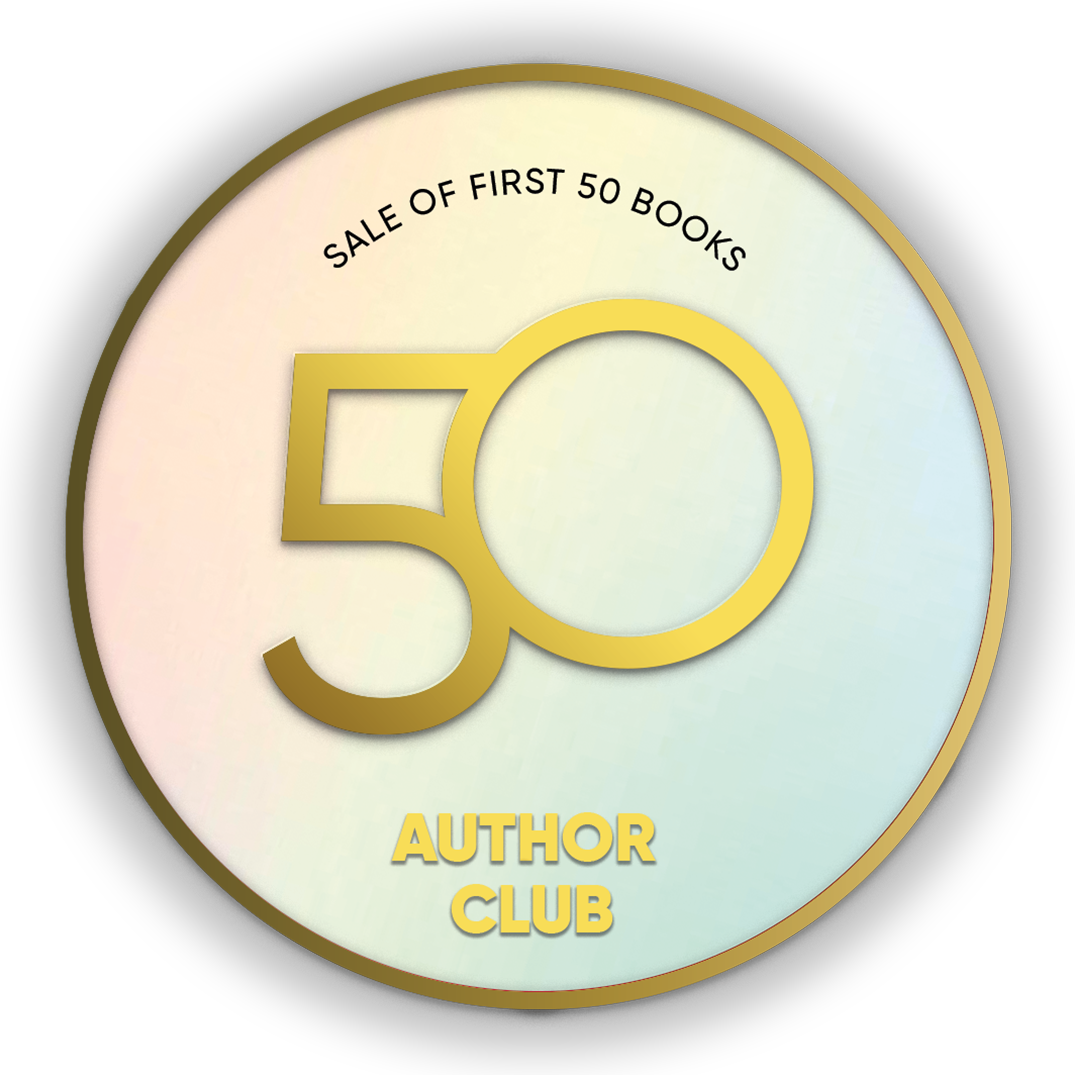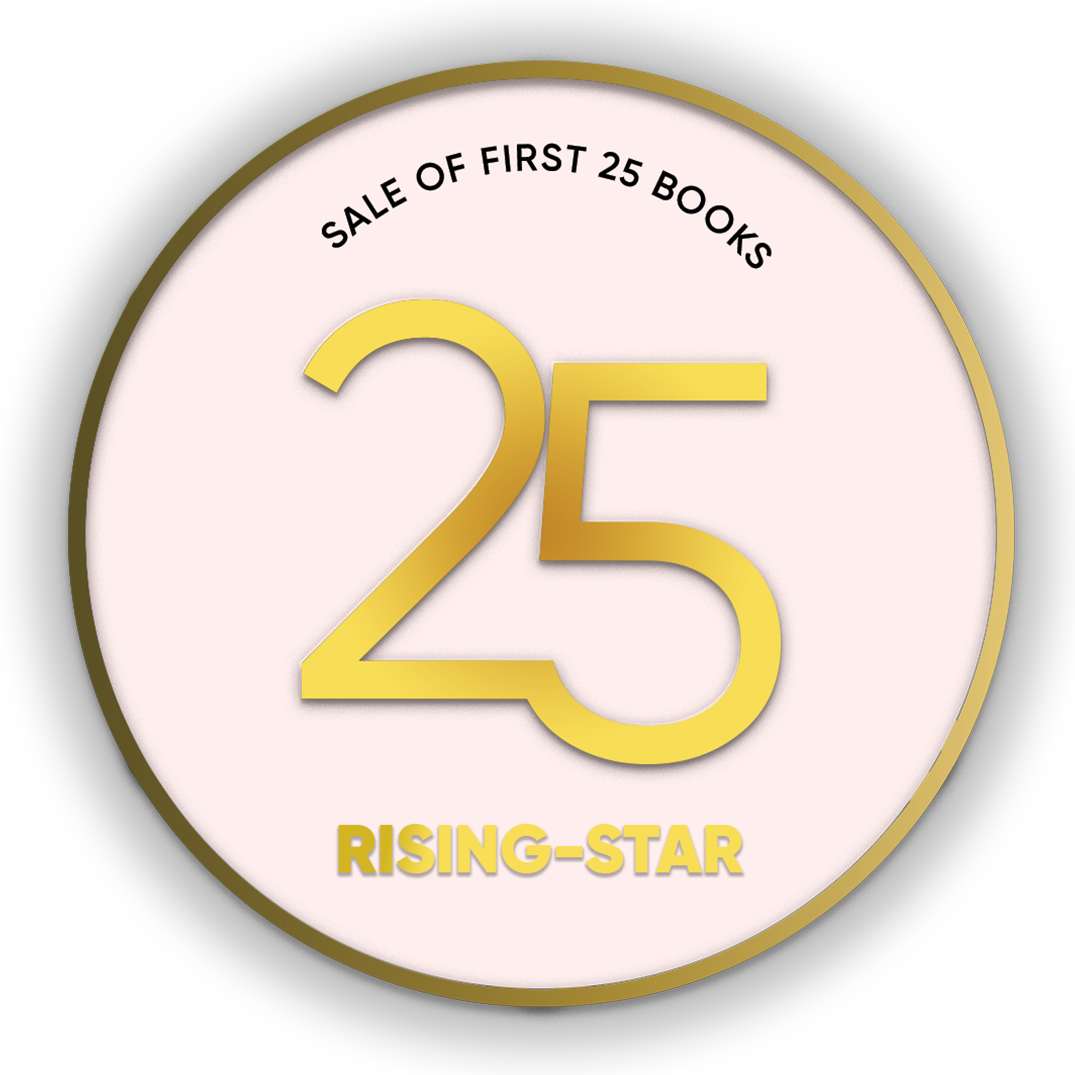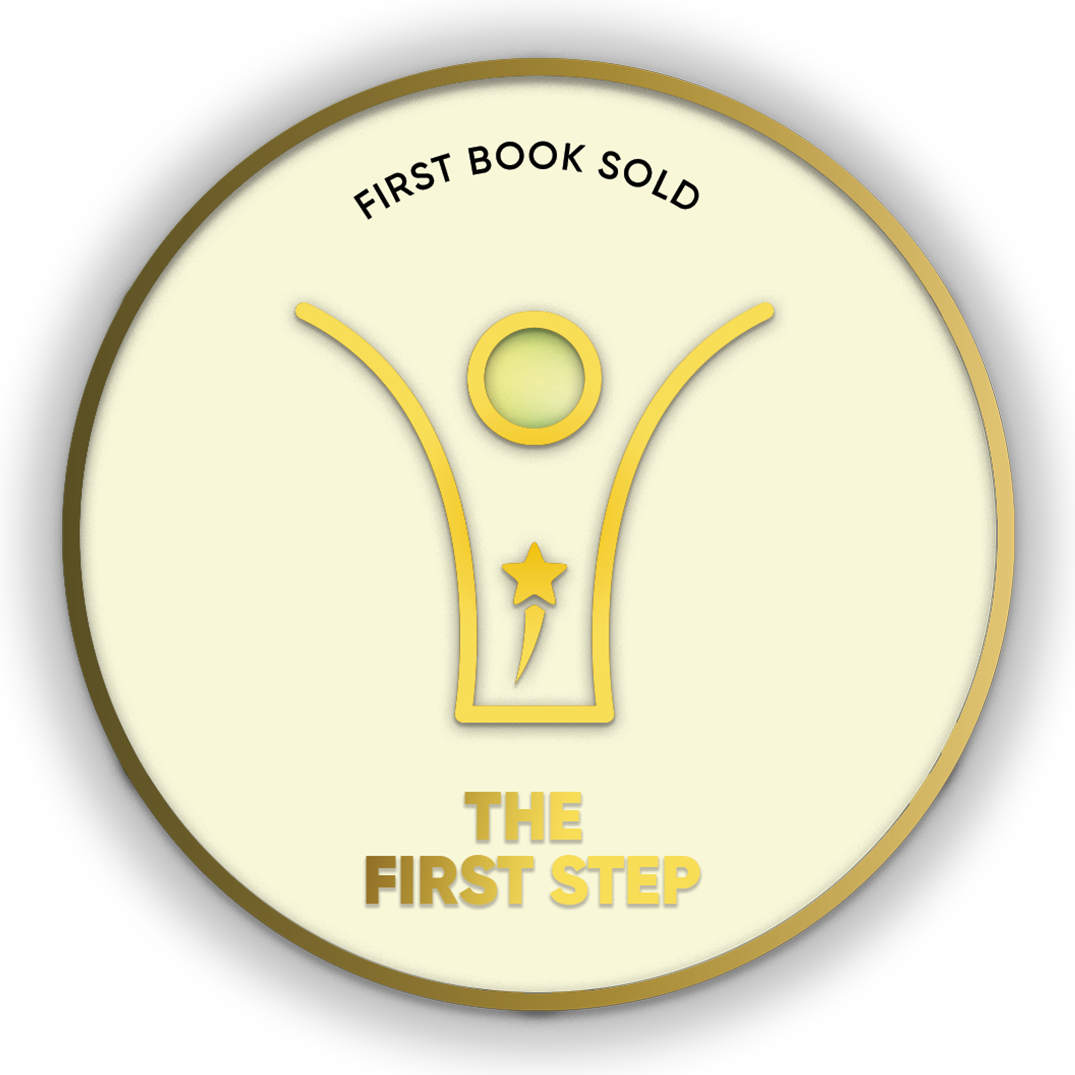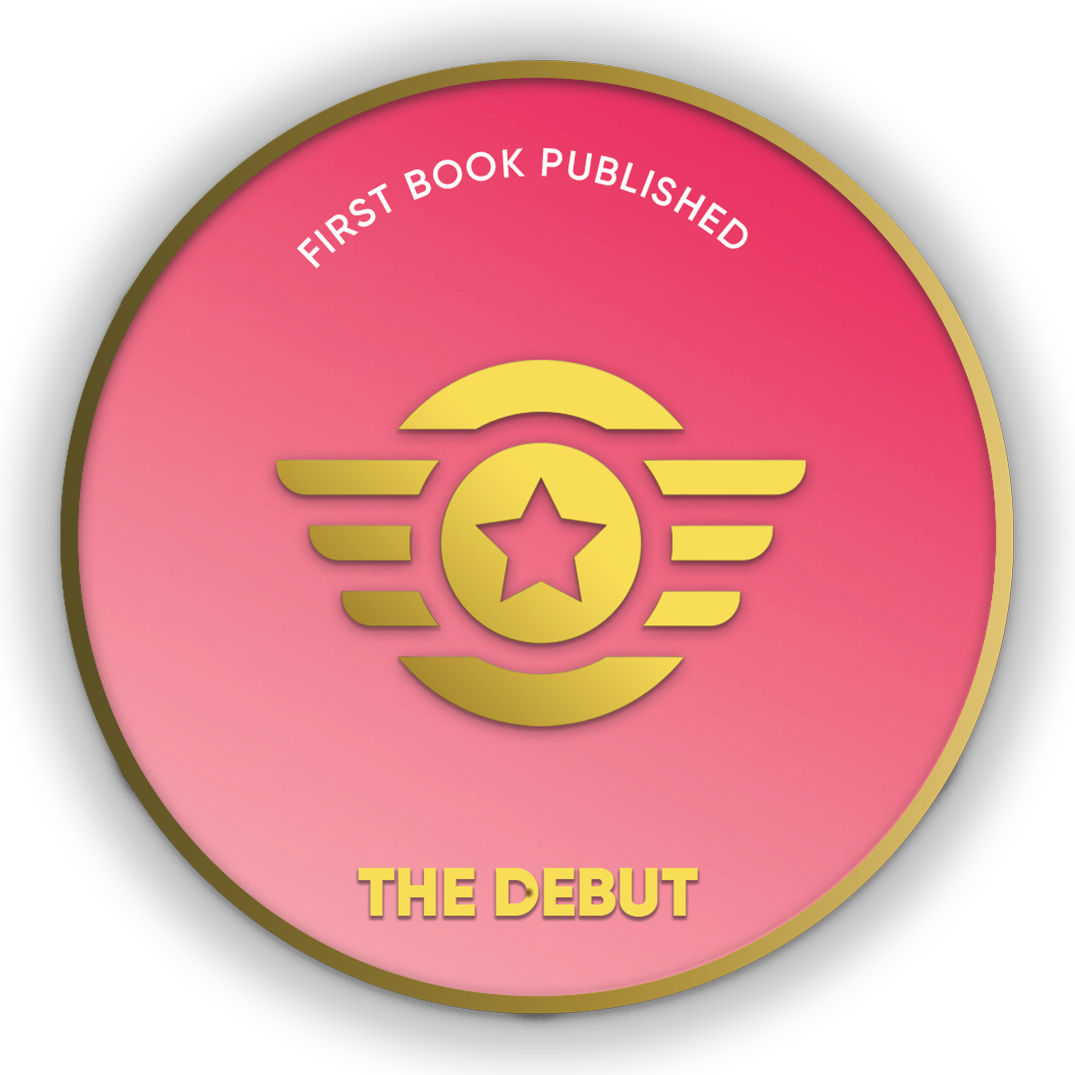
- Discover books
- For Writers
-
For Writers
-
Indie Author Championship
-
Challenges
Writing Contests
- Get Started

"It was a wonderful experience interacting with you and appreciate the way you have planned and executed the whole publication process within the agreed timelines.”
Subrat SaurabhAuthor of Kuch Woh Pal -
Crop your profile image

Synthesis and Applications of Chiral Phase Transfer Catalysts
Books by Dr. P. Vijaya
It covers all essential aspects of this important topic, including homogeneous, heterogeneous, biocatalysis and various catalytic systems, catalysis by design and activation, deactivation. The authors summarize the design, synthesis, characterization, and catalytic properties of these phase transfer catalysts. This book discusses diverse applications for phase transfer catalysts in organic synthesis. It highlights the advantages and disadvantages of the phase
It covers all essential aspects of this important topic, including homogeneous, heterogeneous, biocatalysis and various catalytic systems, catalysis by design and activation, deactivation. The authors summarize the design, synthesis, characterization, and catalytic properties of these phase transfer catalysts. This book discusses diverse applications for phase transfer catalysts in organic synthesis. It highlights the advantages and disadvantages of the phase transfer catalysts. This book describes reagents for organocatalytic reactions and will be especially useful for professionals in the area of sustainable chemistry, medicinal research, as well as synthetic organic chemists working in academia and the pharmaceutical industry.
FUNDAMENTALS OF CATALYSIS
Books by Dr. P. Vijaya
It covers all essential aspects of this important topic, including homogeneous, heterogeneous, biocatalysis and various catalytic systems, catalysis by design and activation, deactivation. The author summarizes the design, synthesis, characterization and catalytic properties of these nanoporous catalysts. This book discusses diverse applications for nanocarbon materials in electrochemical sensing. It highlights the advantages and disadvantages of the different
It covers all essential aspects of this important topic, including homogeneous, heterogeneous, biocatalysis and various catalytic systems, catalysis by design and activation, deactivation. The author summarizes the design, synthesis, characterization and catalytic properties of these nanoporous catalysts. This book discusses diverse applications for nanocarbon materials in electrochemical sensing. It highlights the advantages and disadvantages of the different nanocarbon materials currently used for electroanalysis, covering the electrochemical sensing of small-sized molecules, such as metal ions, enzymes, and proteins. This book describes reagents for organocatalytic reactions and will be especially useful for professionals in the area of sustainable chemistry, medicinal research, as well as synthetic organic chemists working in academia and the pharmaceutical industry. This book presents the conceptual principles that underlie Lewis base catalysis and builds upon that foundation with a thorough presentation of many different reaction types.
Green Chemistry
Books by Dr. P. Vijaya
This new book highlights the potential and scope of green chemistry for clean and sustainable development. Covering the basics, the book introduces readers to the need and many applications. It also gives benefits of environmentally friendly chemical practices and their use in industry. The green chemical approach is holistic in nature and it encompasses almost all branches of chemical sciences, like synthesis, catalysis, bioorganic, nanochemistry, material sc
This new book highlights the potential and scope of green chemistry for clean and sustainable development. Covering the basics, the book introduces readers to the need and many applications. It also gives benefits of environmentally friendly chemical practices and their use in industry. The green chemical approach is holistic in nature and it encompasses almost all branches of chemical sciences, like synthesis, catalysis, bioorganic, nanochemistry, material science, drug discovery, pharmaceuticals, waste treatment etc. The book addresses such topics as ecologically safe products, catalysts and solvents, conditions needed to produce such products, types of chemical processes that are conducive to green chemistry, and much more.
ENVIRONMENTAL POLLUTIONS
Books by Dr. P. Kottala Vijaya
One of the most important components of environmental pollution is to educate and enlighten the people on the hazards of living in unhealthy conditions. This has become all the more important as human population has increased manifold over the last few years. In fact, population explosion is the root cause of a majority of environment problems. For example, the population explosion has put severe stress on fresh water resources around the globe. Many countries, i
One of the most important components of environmental pollution is to educate and enlighten the people on the hazards of living in unhealthy conditions. This has become all the more important as human population has increased manifold over the last few years. In fact, population explosion is the root cause of a majority of environment problems. For example, the population explosion has put severe stress on fresh water resources around the globe. Many countries, including the developed nations, are now turning to groundwater resources. Once such aquifers become polluted and unfortunately, these are becoming polluted it is extremely tedious to reverse the trend. With the advent of catalytic converters, the quality of air had started improving. The level of hydrocarbon pollutants had come down. However, as the number of people increased, so did the number of vehicles. The hydrocarbon pollution has started rising again. In several industrialized nations, it is business as usual, whether it is day or night. It is, therefore common to see dazzling street lights, glaring office lights, blinding stadium lights and glowing security lights all to dispel the limitations of darkness. Excessive light, however, is harmful to the environment. As the society grows and evolves, some ill effects on environment are inevitable. So, in this book I have discussed the clear details about environmental pollutions.
Spectroscopy
Books by Dr. P. Kottala Vijaya
This book is the outcome of the realization that there is a dearth of books on Spectroscopy and is primarily aimed at the graduate and postgraduate students. It has been designed based on my experience in teaching spectroscopy and would help students to get a fundamental knowledge on the subject, which they can use for further learning. Latest developments of spectroscopy were included in this book. Spectroscopy is an indispensable tool in understanding physica
This book is the outcome of the realization that there is a dearth of books on Spectroscopy and is primarily aimed at the graduate and postgraduate students. It has been designed based on my experience in teaching spectroscopy and would help students to get a fundamental knowledge on the subject, which they can use for further learning. Latest developments of spectroscopy were included in this book. Spectroscopy is an indispensable tool in understanding physical and chemical structure, and today very sophisticated spectroscopic instruments are available with modern data processing techniques. This book covers the elementary and basic aspects of spectroscopy. Spectroscopy plays a major role in every field of science and this book would be valuable for physicists, chemists and biologists.
Basic Concepts of Analytical Chemistry
Books by Dr. P. Kottala Vijaya
As currently taught in India, introductory courses in analytical chemistry emphasize quantitative (and sometimes qualitative) methods of analysis along with a heavy dose of chemistry. Analytical chemistry, however, is much more than a collection of analytical methods and an understanding of chemistry; although analytical methods are important, their coverage should not come at the expense of other equally important topics. The introductory course in analytical
As currently taught in India, introductory courses in analytical chemistry emphasize quantitative (and sometimes qualitative) methods of analysis along with a heavy dose of chemistry. Analytical chemistry, however, is much more than a collection of analytical methods and an understanding of chemistry; although analytical methods are important, their coverage should not come at the expense of other equally important topics. The introductory course in analytical chemistry is the ideal place in the undergraduate chemistry curriculum for exploring topics such as experimental design, sampling, calibration strategies, standardization, optimization, statistics, and the validation of experimental results. Analytical methods come and go, but best practices for designing and validating analytical methods are universal. Because chemistry is an experimental science it is essential that all chemistry students understand the importance of making good measurements. My goal in preparing this textbook is to find a more appropriate balance between theory and practice, between “classical” and “modern” analytical methods, between analyzing samples and collecting samples and preparing them for analysis, and between analytical methods and data analysis. There is more material here than anyone can cover in one semester; it is my hope that the diversity of topics will meet the needs of different instructors, while, perhaps, suggesting some new topics to cover.

Are you sure you want to close this?
You might lose all unsaved changes.
Select from one of our global stores to continue
 India
India
 Malaysia
Malaysia
 Singapore
Singapore
 UAE
UAE
Warning Message
The items in your Cart will be deleted, click ok to proceed.
















